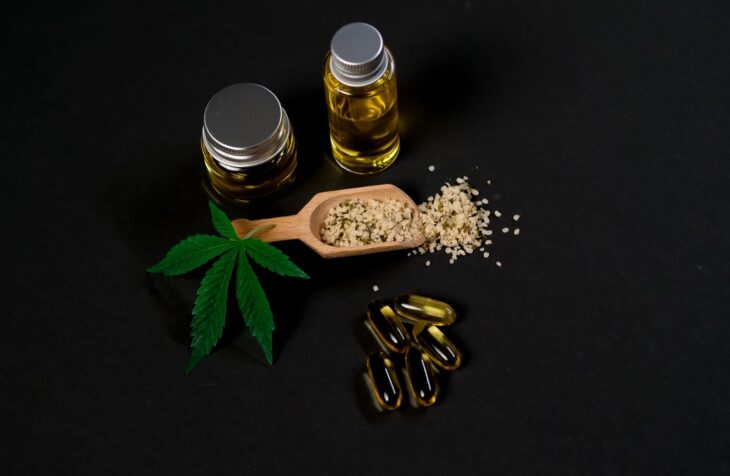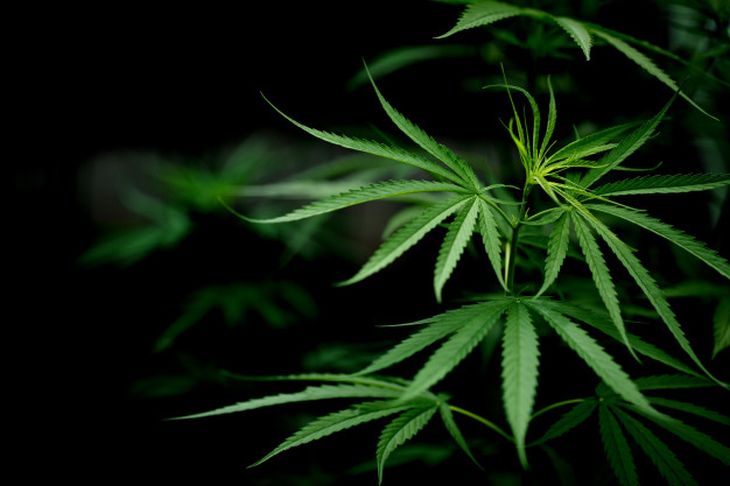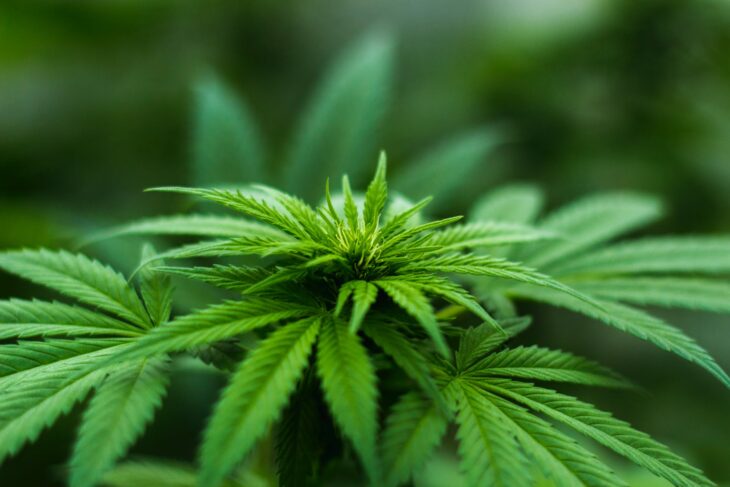It is essential to understand the distinctions between the cannabinoid variants produced by the cannabis plant. Each one has its own set of effects and can thus be utilized for a variety of therapies. Paying attention to the percentage of each cannabinoid in a product will help you figure out what it can be used for and how it will affect the user.
Contents
Cannabinoids Found In Cannabis Plant
THC (Tetrahydrocannabinol)- Most cannabis strains have 10 to 30 percent THC, with other strains containing as little as 5 percent. THC is known to have psychoactive characteristics and can be used to treat insomnia, cancer, nausea, anxiety, and depression, among other things.

Img source: pexels.com
- CBD (Cannabidiol)- CBD (Cannabidiol) is found in most cannabis strains in amounts ranging from 5 to 25%. This cannabinoid can be obtained in various forms, including hemp, oil, and edibles, and has no psychotropic properties. Because of its common psychotropic effects, it is most commonly utilized to treat medical disorders. It is primarily used to treat seizures in both children and adults.
- THCV (Tetrahydrocannabivarin)- This cannabinoid is called the high energy strain since it gives you an almost immediate boost of energy, similar to coffee. THCV is also an appetite suppressant and has euphoric characteristics. It can also be used to treat medical disorders such as diabetes (by assisting in maintaining blood sugar levels) and increasing bone formation.
- CBN (Cannabinol)- This cannabinoid is found in most strains, albeit in small amounts, often around 1%. CBD and CBN have a similar impact on the user, primarily generating a soothing effect and are commonly used to treat sleeping disorders and as a sleep aid.
- CBG (Cannabigerol)- CBG (Cannabigerol) is a cannabinoid that acts as a stem cell for all other cannabinoids, transforming THC and CBD into CBG. Because of how it works, CBG, like CBD and CBN, is known for its relaxing effects. It works by blocking GABA receptors and relaxing muscles.
To know about your hemp or hemp-derived product’s actual, full-spectrum profile, visit Botanacor. You may test all types of matrices throughout the hemp supply chain, from biomass to concentrates to final products.
What Is THC Percentage and What Does It Mean?

Img source: pexels.com
When you purchase cannabis from a dispensary, the cannabinoid levels are listed on the label. These are given as a percentage of the total dry weight of the product. The total THC and CBD levels must be indicated on this form as part of the marijuana labeling requirements.
These figures may be perplexing if you’re new to cannabis. It’s sometimes difficult to determine what constitutes a high and low percentage.
While THC and CBD are the most well-known cannabinoids in cannabis, the plant contains over 100 other cannabinoids. A majority of compounds are only found in trace amounts, especially in commercial marijuana.
To decode these labels, you don’t need a complete understanding of cannabis biochemistry. You should be aware that the ratios of THC and CBD form three basic “chemotypes.”
What Is a High THC Level?

Img source: freepik
Cannabis’ potency has increased dramatically over the last few decades. 20 or 30 years ago, THC levels and marijuana effects were substantially lower. The potency of cannabis is thought to have increased by a factor of three since then.
At the moment, the average accessible THC potency is roughly 20%. You can look for strains with a THC content of 30% or higher if you wish to have an intoxicating experience. Cannabis strains from the 1960s, on the other hand, are thought to have contained little more than 5% THC.
Some of the mildest strains available today have twice the amount of THC as the most potent strains available in the 1960s. The lowest percentages you’ll likely encounter in a dispensary for eight THC heavy strains are between 10 and 12 percent.
As you can see, all of today’s THC-dominant cannabis would be deemed high by 1960s standards, when THC levels were frequently less than 2%. However, cannabis with a THC content of 20% or more is considered high today and will be found in most products available at a dispensary. However, it is advised that you read the label carefully before making a purchase.
How To Look For Cannabinoid Percentage And Decode Them?

Img source: pexels.com
-
THC Percentage
The whole amount of THC available for use (or THC maximum) is known as the total THC. It is the number that most people looking to buy examine. The total THC concentration of a strain provides you a good sense of how psychoactive it is. THC levels in high THC strains range from 18 to 20 percent.
This value is frequently expressed in milligrams for edible products. On behalf of the consumer, the milligram measurement is a little more challenging to determine. A dose of roughly 10mg of THC is regarded to be appropriate for a beginner cannabis user.
-
CBD Percentage
You guessed it: the CBD percentage or milligram level indicated on a label means how much active CBD is present in the product. The overall CBD percentage available to consumers is made up of the sum of CBD and CBDA levels.
What THC Percentage Should You Start With?

Img source: pexels.com
It’s a good idea to start with a lower THC strain if you’re new to cannabis consumption. When you’re just getting started and have no tolerance, there’s no sense to go all out. In fact, when you’re new to cannabis, smoking too much or too powerful of a strain is a prescription for disaster.
Given that today’s marijuana is several times stronger than the legendary marijuana of the 1960s, it’s probably best to start with the lowest THC content you can find. Common marijuana prescriptions available at a standard dispensary typically entail 10 to 13 percent THC content. You might also be able to locate balanced strains with a CBD percentage of 10% and 3% THC.
Conclusion
You should know the THC concentration of your product’s theoretical maximum percent dry weight value. CBD follows the same logic. This amount should appear on the label as “total THC” or something similar if the product is labeled correctly.
